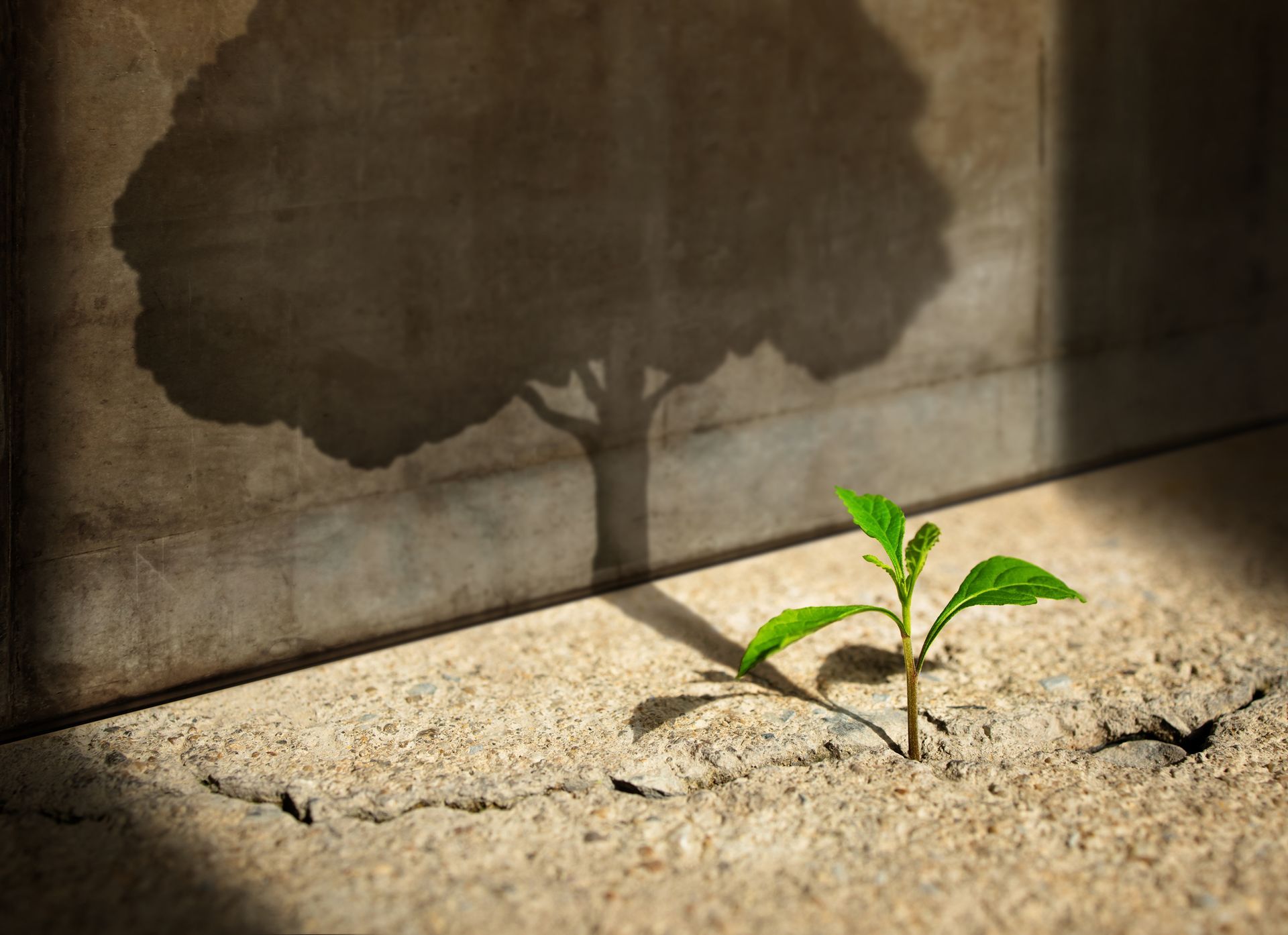Intuition: The Leader's Next Best Friend
Intuition, an underutilized aspect of Human Intelligence

“The organization that fosters intuitive decision-making will make better and quicker decisions.”
Andy Stanley
Andy Stanley has recently suggested that intuition is a leader’s next best friend. He defines intuition as cognitive knowing without knowing why. It is not an emotion but rather a gut feeling that comes from having extensive experience in a field.
Andy and many others encourage us to listen to our gut feelings. When we are part of a team, it is helpful for us to share our gut feelings with others and get their feedback. Introducing the ideas we can’t explain may spark innovative and effective strategies.
Here are a few pointers he shares to help us recognize and explore our intuition.
1. When there is something about a proposed decision that doesn’t feel right, ask “Is there a tension that deserves my attention?” Pay attention to such tension. Let’s speak up with our concerns because this is our intuition speaking.
2. When we start selling ourselves on an idea but really aren’t buying it, we may be trying hard to justify a logical decision rather than exploring an option that seems to have come from nowhere. We may be squelching our intuition which could have taken us down a better path.
3. Ambition and intuition are not the same thing. Ambition is often self-serving and focused on what we want. Intuition is more often something we simply feel compelled to do that could benefit the group or the organization.
4. Let’s discover who on our team has experience and intuition in various aspects of our work. Then, include them in discussions that relate to their areas of intuition and seriously consider their insights when making decisions.
The next time you have a gut feeling, consider its possibilities. Going down that path may take you and your team out of your comfort zone to a better place.

